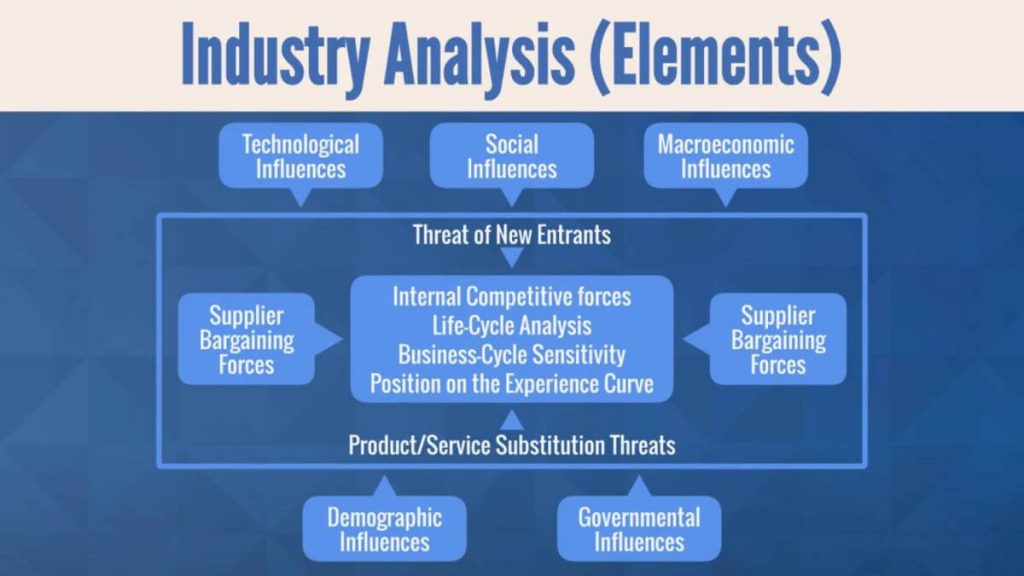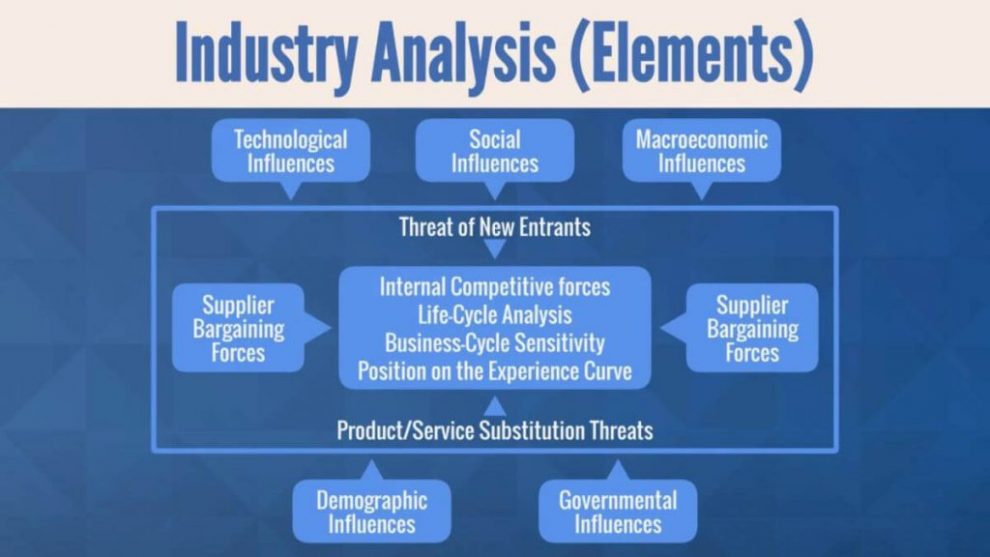
Introduction
In today’s competitive business landscape, understanding your position within the market is essential for success. Industry analysis provides valuable insights into market trends, competitive forces, and opportunities for growth. This article explores the importance of industry analysis, key factors to consider, and practical examples of how businesses can evaluate their position in the market.
The Significance of Industry Analysis
Gaining a Competitive Edge
Industry analysis helps businesses gain a competitive edge by identifying key market trends, customer preferences, and emerging technologies. By understanding the dynamics of the industry, businesses can anticipate shifts in demand, adapt their strategies, and stay ahead of the competition. As renowned investor and business tycoon Warren Buffett famously said, “In business, the rearview mirror is always clearer than the windshield.”
Identifying Growth Opportunities
Industry analysis enables businesses to identify growth opportunities and potential market gaps. By analyzing customer needs and market trends, businesses can develop innovative products and services that meet unmet demands. This proactive approach allows companies to capture new market segments and expand their customer base.
Key Factors to Consider in Industry Analysis
Market Size and Growth
Evaluating the size and growth rate of the market is crucial for understanding the potential for business expansion. By assessing market size, businesses can determine the revenue potential and target audience for their products or services. Analyzing market growth helps identify emerging opportunities and assess the long-term viability of the industry.
Competitive Analysis
Understanding the competitive landscape is vital for evaluating your position in the market. Identifying direct and indirect competitors, their strengths and weaknesses, and their market share provides insights into your own competitive advantage. Conducting a SWOT (Strengths, Weaknesses, Opportunities, Threats) analysis can help businesses identify areas where they excel and areas where they need to improve.
Technological Trends
Assessing technological trends within the industry is crucial for staying relevant and innovative. Analyzing advancements in technology helps businesses identify potential disruptions, opportunities for automation, and areas where they can leverage technology to improve efficiency and customer experience. Keeping pace with technological advancements is essential for long-term sustainability.
Evaluating Your Position in the Market
Customer Analysis
Understanding your target customers is essential for evaluating your position in the market. Conducting customer surveys, analyzing customer feedback, and studying demographic data helps businesses identify customer preferences, pain points, and unmet needs. This information allows businesses to tailor their products, services, and marketing strategies to better meet customer expectations.
SWOT Analysis
Performing a SWOT analysis provides a comprehensive overview of your business’s strengths, weaknesses, opportunities, and threats. Assessing internal factors such as brand reputation, financial stability, and operational efficiency helps identify areas of competitive advantage. Analyzing external factors such as market trends, competitor actions, and regulatory changes helps businesses identify potential threats and opportunities.
Industry Benchmarks and Key Performance Indicators (KPIs)
Comparing your business’s performance against industry benchmarks and key performance indicators is critical for evaluating your position in the market. Key metrics such as market share, customer retention rates, profitability ratios, and customer satisfaction scores provide insights into how your business stacks up against competitors and industry standards. This analysis helps identify areas for improvement and potential growth opportunities.
Conclusion
Industry analysis plays a pivotal role in evaluating your position in the market and driving business success. By understanding market dynamics, identifying growth opportunities, and analyzing customer needs, businesses can adapt their strategies, innovate, and stay ahead of the competition. As business magnate Peter Drucker once said, “The aim of marketing is to know and understand the customer so well that the product or service fits them and sells itself.” Industry analysis enables businesses to gain a deep understanding of the market, enabling them to deliver products and services that resonate with customers and thrive in the ever-evolving business landscape.















